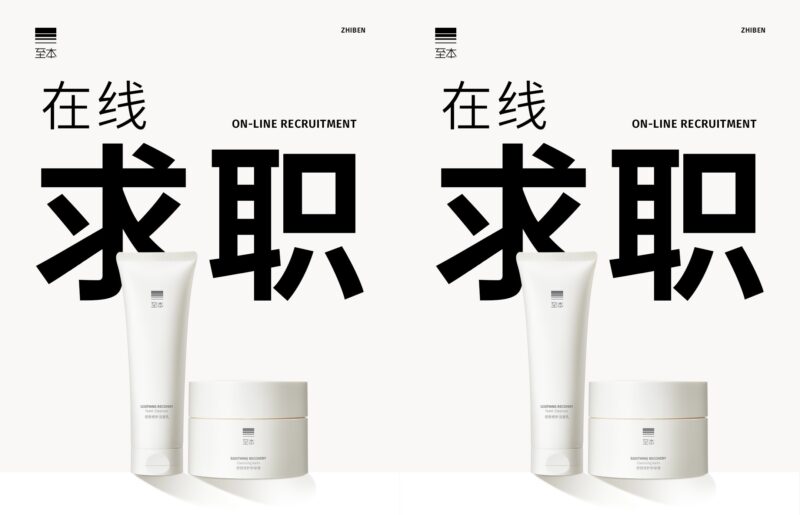Many well-known European and American luxury car brands have seen their prices drop since the start of this year. Mercedes-Benz has the biggest number of price-cutting models, including the EQS, EQA, EQB, and EQC new energy vehicles, as well as the A-Class and GLA fuel cars. Mercedes-Benz EQS among them has had the largest price cut – 66,9000 RMB (approx. 92,186 USD), a 50% reduction. Not far behind are BMW and Audi with new energy models usually showing more reductions.
Luxury car brands are suffering from the agony of transition in the era of new energy vehicles, and many manufacturers are seeing declining sales in China. Take Mercedes-Benz as an example, its first-quarter sales in China dropped 12% and its worldwide performance has also suffered from China’s underperformance as its biggest market. Mercedes-Benz’s net profit dropped 25% YoY while its revenue dropped 4.4% YoY.
BMW is in the same boat. Originally with an official guide price of 353,900 RMB (approx. 48,766 USD), the BMW i3 model is currently on sale with a 50% discount. Furthermore, dealers of the January release of the BMW i5 have been offering discounts ranging from 60K RMB (approx. 8,268 USD).
With views as high as 69.68 million, the topic #Cadillac Only Sells at 130K RMB# (凯迪拉克只卖13万多) hit the Weibo trendy search list in May. On social media, several Cadillac dealers declared that the CT4 model’s original price had dropped from 210K RMB to 130K (29,600 USD to 18,000 USD). Officially, these price cuts have been seen as promotional activities at a dealer level, meant to clear inventory or boost sales temporarily. Though, this captures the current state of just how competitive the whole automotive industry is.
At present, mainstream luxury car brands are still fuel cars. However, the “2024 May National Passenger Vehicle Market Analysis” shows that 4.82 million conventional fuel cars were sold from January to May, a 9% decline YoY. From the standpoint of the market for new energy vehicles, the domestic retail penetration rate in May was 47.0%, up 14% from the same period last year. Last month the penetration rate of new energy vehicles among luxury cars was 28.4%, and of new energy vehicles among mainstream joint venture brands was only 7.5%.
Domestic new energy vehicles have naturally taken advantage of the situation. In recent years, domestic new energy vehicle enterprises have invested a lot of money and resources in technology research and development, and innovation. From the point of view of the domestic retail share in May, the mainstream independent brands of new energy vehicles in May’s retail share occupy a significant advantage, reaching 71%. Data for April also shows that more than 200,000 domestic new energy vehicle sales featured in the top 20 were Chinese brands, except Tesla.









